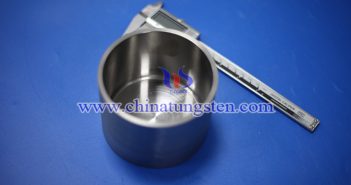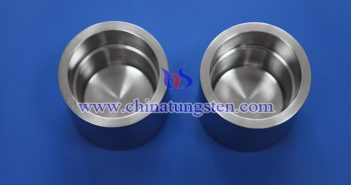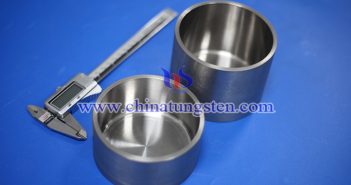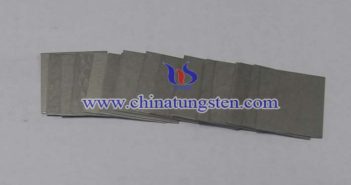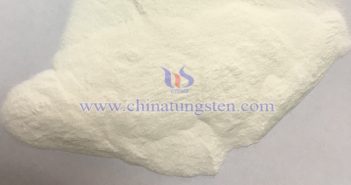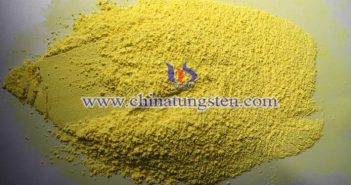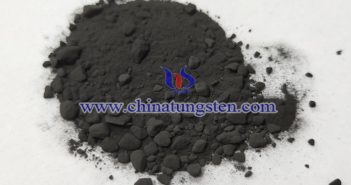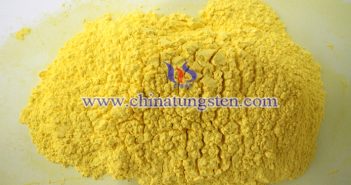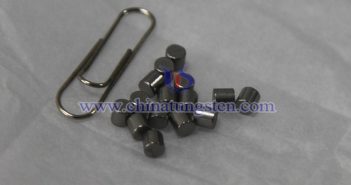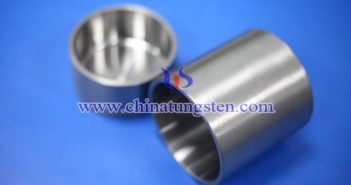
High-temperature melting usually involves the preparation of metals, rare earth elements or special alloys with high melting points, and the process environment is harsh, and the requirements for container materials are extremely high. With its unique properties, tungsten crucible has become the preferred container for high-temperature smelting, and its application involving metallurgy, aerospace, rare earth smelting and other industries. The role in high-temperature melting High-temperature smelting usually needs to be carried out in an environment above 2000°C or even close…

